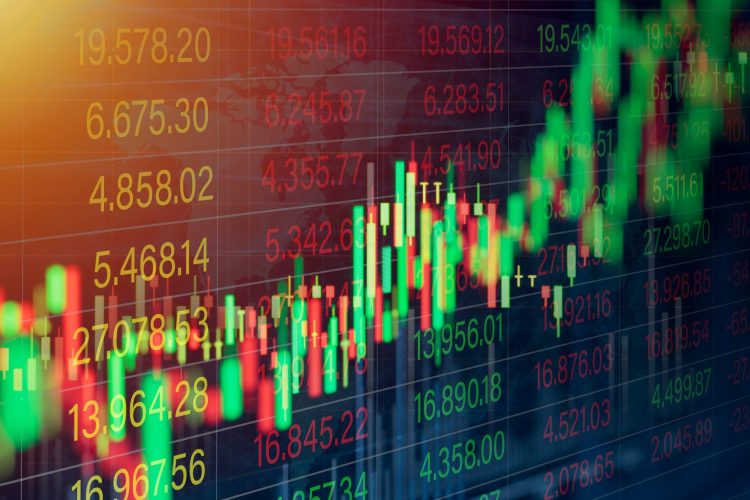: Unraveling the Controversy: Analyzing the Impact of Hamas Graphic Videos

In recent years, the conflict between Israel and Palestine has intensified, drawing global attention and sparking debates on various platforms. One contentious aspect of this conflict is the use of graphic videos by Hamas, the Palestinian political and militant group. This article aims to delve into the nature of these videos, their impact on the ongoing conflict, and the ethical considerations surrounding their dissemination.
Understanding Hamas:
Hamas, an acronym for Harakat al-Muqawama al-Islamiya (Islamic Resistance Movement), was founded in 1987 with the goal of liberating Palestine and establishing an Islamic state. It operates both as a political party and a militant group, leading to its designation as a terrorist organization by several countries. The organization’s tactics, including the use of graphic videos, have been a subject of much controversy and discussion.
The Role of Graphic Videos:
Hamas frequently utilizes graphic videos as a strategic tool in its communication strategy. These videos often depict scenes of conflict, casualties, and destruction, aiming to evoke strong emotional reactions from viewers. The intention behind these graphic portrayals is to garner international sympathy for the Palestinian cause and showcase the human cost of the ongoing conflict.
Impact on Perception:
The use of graphic videos by Hamas has a significant impact on shaping public perception of the Israel-Palestine conflict. Supporters argue that these videos provide a raw and unfiltered view of the harsh realities faced by Palestinians, fostering empathy and solidarity from the international community. Critics, on the other hand, argue that such videos can be manipulative, selectively portraying events to suit a particular narrative and provoke outrage.
Social Media Amplification:
The advent of social media has played a crucial role in the dissemination of Hamas’s graphic videos. Platforms like Twitter, Facebook, and YouTube become virtual battlegrounds for the narrative war, with both sides leveraging these tools to share their perspectives. The rapid spread of these videos contributes to the polarization of public opinion, making it challenging to separate fact from propaganda.
Ethical Considerations:
The use of graphic videos in conflict zones raises ethical questions about the impact on viewers, especially considering the potential psychological distress caused by such explicit content. Critics argue that Hamas’s deployment of these videos exploits the suffering of civilians for political gain, undermining the principles of responsible journalism and ethical communication.
International Response:
The international community has been divided in its response to Hamas’s use of graphic videos. Some countries condemn these tactics, viewing them as inflammatory and counterproductive to peace efforts. Others, however, argue that these videos shed light on the harsh realities faced by Palestinians and provide a compelling narrative for their struggle.
Media Censorship:
In response to the controversy surrounding graphic videos, some social media platforms have implemented measures to curb the dissemination of explicit content related to the Israel-Palestine conflict. This raises questions about the balance between freedom of expression and the prevention of the spread of potentially harmful content. Striking the right balance remains a significant challenge for these platforms.
The Psychological Impact:
Beyond the geopolitical implications, the use of graphic videos by Hamas also has a psychological impact on individuals exposed to such content. The images of violence and suffering can contribute to trauma, desensitization, and even radicalization. Understanding these psychological effects is crucial for both policymakers and mental health professionals working in conflict zones.
Conclusion:
Hamas’s use of graphic videos in the Israel-Palestine conflict is a complex and controversial issue that elicits diverse reactions from the global community. As technology continues to evolve, the impact of these videos on public perception, ethical considerations, and international response will remain crucial aspects of the ongoing discourse. Ultimately, the challenge lies in finding a balance between raising awareness about the human cost of the conflict and maintaining ethical standards in the dissemination of information.
1. What is the purpose of Hamas’s graphic videos?
- Hamas uses graphic videos as a strategic communication tool to depict the harsh realities faced by Palestinians, aiming to garner international sympathy and support for their cause.
2. How does the use of graphic videos impact public perception?
- The impact is subjective; supporters argue it sheds light on the Palestinian struggle, while critics believe it can be manipulative, shaping a narrative to provoke specific reactions.
3. Are there ethical concerns with the dissemination of these videos?
- Yes, there are ethical concerns. Critics argue that using explicit content for political gain may exploit the suffering of civilians, raising questions about responsible journalism and ethical communication.
4. What role does social media play in amplifying these graphic videos?
- Social media platforms, such as Twitter, Facebook, and YouTube, serve as battlegrounds for the narrative war. The rapid spread of these videos contributes to the polarization of public opinion.
5. How has the international community responded to Hamas’s use of graphic videos?
- Responses vary; some countries condemn these tactics as inflammatory, while others argue the videos highlight the harsh realities faced by Palestinians, garnering support for their cause.
6. Have social media platforms implemented measures to address the spread of explicit content related to the conflict?
- Yes, some social media platforms have implemented measures to curb the dissemination of explicit content related to the Israel-Palestine conflict.
7. What psychological impact do these videos have on individuals exposed to them?
- Beyond geopolitical implications, exposure to graphic videos can lead to trauma, desensitization, and even radicalization. Understanding these psychological effects is crucial for policymakers and mental health professionals.
8. Is there ongoing censorship of these graphic videos on social media?
- Yes, social media platforms continue to grapple with finding a balance between freedom of expression and preventing the spread of potentially harmful content, leading to ongoing measures to address the issue.
9. Are there any efforts to mitigate the potential harm caused by these graphic videos?
- Efforts include discussions around responsible content dissemination, mental health awareness, and finding ways to raise awareness about the conflict without causing unnecessary distress.
10. How can individuals navigate the complex narratives surrounding these videos? – Critical media literacy is crucial. Individuals should seek diverse sources, fact-check information, and be aware of the potential biases in the narratives presented in these graphic videos.





